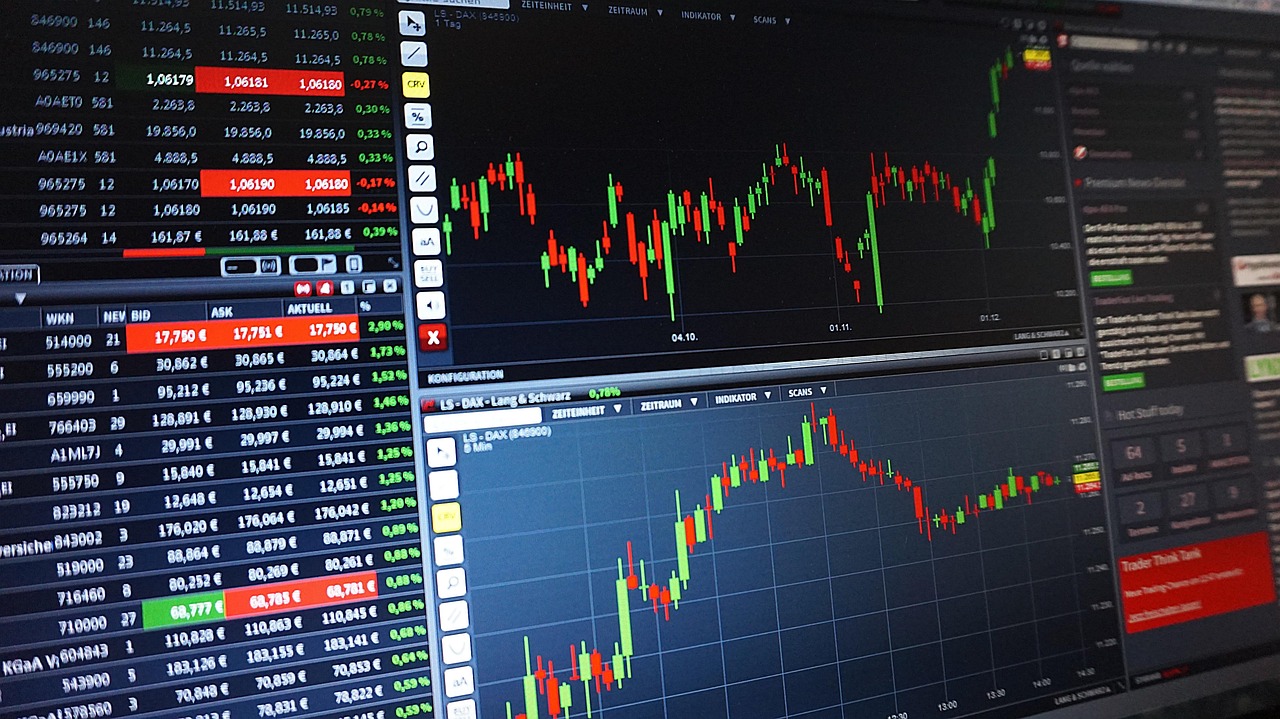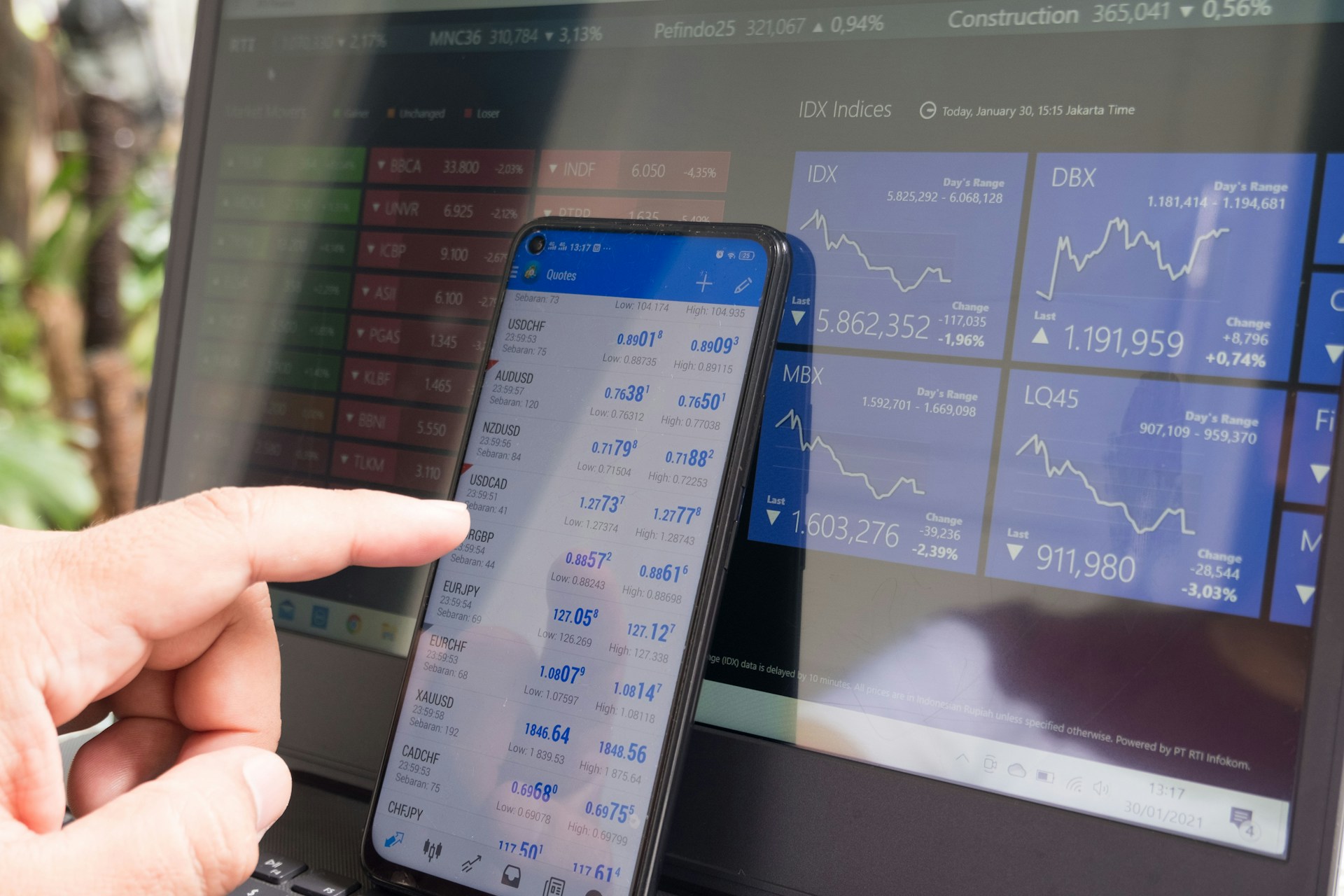Determining the fair value of a company is an important part of fundamental analysis for investors. The fair value represents the true intrinsic worth of a business based on its financials, growth prospects, and risk factors. By comparing a stock’s current market price to its calculated fair value, investors can determine whether the stock is undervalued or overvalued.
While there are various models for calculating fair value, the most common approaches focus on discounting future cash flows or valuing assets and earnings. This article will provide a comprehensive overview of the different methods for arriving at a company’s fair value along with practical examples.
Discounted Cash Flow Model
The discounted cash flow (DCF) model is considered one of the most reliable techniques for finding a company’s fair value. Under this approach, all future cash flows are estimated and discounted back to the present using the weighted average cost of capital (WACC) to account for the time value of money.
The steps for conducting a DCF valuation are:
- Project future free cash flows (FCF) for a defined period – typically 5 to 10 years. Free cash flow represents the cash left over after accounting for reinvestment and working capital needs.
- Calculate a terminal value at the end of the projection period to estimate all cash flows beyond the forecast horizon. The terminal value is commonly derived using a perpetuity growth formula like the Gordon Growth Model.
- Discount each year’s cash flows and the terminal value back to the present using the WACC to get the net present value (NPV). WACC factors in the costs of debt and equity based on the company’s capital structure.
- Add the discounted cash flows and terminal value to get the total NPV – this represents the fair value.
Let’s walk through an example DCF analysis for a hypothetical Company XYZ:
Assumptions:
- 5-year cash flow projection period
- 12% discount rate (WACC)
- 3% perpetual growth rate after Year 5
Cash Flow Projections:
| Year | Free Cash Flow |
|-|-|
| 1 | $10 million |
| 2 | $15 million |
| 3 | $20 million |
| 4 | $25 million |
| 5 | $30 million |
Terminal Value (TV) at the end of Year 5 calculated using the Gordon Growth Model formula:
TV = FCF(5) x (1+g) / (WACC – g)
= $30 million x (1+0.03) / (0.12 - 0.03)
= $333 millionDiscounted Cash Flows:
| Year | FCF | Discount Factor at 12% | Discounted FCF |
|-|-|-|-|
| 1 | $10 million | 0.893 | $8.93 million |
| 2 | $15 million | 0.797 | $11.96 million |
| 3 | $20 million | 0.712 | $14.24 million |
| 4 | $25 million | 0.636 | $15.91 million |
| 5 | $30 million | 0.567 | $17.01 million |
| Terminal Value | $333 million | 0.567 | $188.71 million |
Total Discounted Cash Flows + Terminal Value = $256.76 million
Therefore, the fair value of Company XYZ based on the DCF analysis is $256.76 million.
This example shows how projecting future cash flows, determining a terminal value, and discounting everything back to present value can provide a company’s fair market valuation. The DCF model requires making accurate assumptions for cash flow forecasts, terminal growth, and discount rates.
Comparable Company Analysis
Another common approach for fair value determination is using valuation multiples from comparable publicly traded companies. This comparable company analysis (CCA) calculates valuation ratios like P/E, EV/EBITDA, P/B, etc. for peer companies and applies them to the company being valued.
The steps are:
- Identify 4-5 public companies that are similar in terms of industry, business models, markets, growth, size, etc.
- Calculate relevant valuation multiples like P/E, EV/Revenue, and EV/EBITDA for each of the comparable companies based on their market capitalization and financial metrics.
- Take the average or median multiple for the peer group. Make adjustments if needed based on growth prospects or risk differences.
- Apply this benchmark multiple to the corresponding financial metric for the company being valued.
- Perform the valuation using at least 2-3 different multiples to arrive at a range of values. The average of this range gives the fair value.
Let’s again value Company XYZ using the CCA methodology:
Comparable companies identified:
- Company A
- Company B
- Company C
- Company D
- Company E
| Company | P/E Ratio | EV/EBITDA Ratio |
|-|-|-|
| A | 18x | 12x |
| B | 22x | 14x |
| C | 20x | 15x |
| D | 17x | 11x |
| E | 15x | 9x |
Benchmark multiples:
- Average P/E = 18x
- Average EV/EBITDA = 12x
Company XYZ financials:
- Earnings = $5 million
- EBITDA = $15 million
Fair value range:
- P/E valuation: $5M x 18 = $90 million
- EV/EBITDA valuation: $15M x 12 = $180 million
The average fair value of Company XYZ based on CCA = $135 million
The advantage of comparable company analysis is relying on real-world market data. The drawback is identifying the right peer group and accurately adjusting multiples for differences across the comps. This method works best when you have 4-5 ideal comparable publicly traded firms.
Precedent Transaction Analysis
Precedent transactions, usually mergers and acquisitions (M&A), provide another data source for calculating fair value multiples. The steps here are:
- Identify M&A transactions of target companies in the same industry as the valued company from the last 2-3 years.
- Determine the valuation multiples from these deals – such as EV/EBITDA, P/E, and EV/Revenue.
- Take the average or median multiples paid across these precedent transactions. Adjust as needed based on comparability.
- Apply the benchmark multiples from precedent deals to the appropriate financials of the company being valued.
- Use several multiples to establish a fair value estimate range.
Example precedent transaction analysis:
Precedent M&A deals identified:
- Company A acquired for 12x EV/EBITDA
- Company B acquired for 11x EV/EBITDA
- Company C acquired for 10x EV/EBITDA
- Company D acquired for 9x EV/EBITDA
Benchmark EV/EBITDA multiple = 10.5x
Company XYZ EBITDA = $15 million
Fair Value estimate = $15M x 10.5 = $157.5 million
Precedent transactions provide real-world takeout valuations. The issue is finding recent deals with truly comparable targets. This method works best if you have 3-4 very similar M&A deals to reference.
Asset-Based Valuation
The asset-based approach values a company by estimating the market value of its assets net of liabilities. This method is commonly applied to asset-heavy businesses like real estate, utilities, commodity companies, etc. There are two primary asset valuation methodologies:
- Book Value Method
- Use the assets’ value on the balance sheet, net of liabilities, as a starting point
- Adjust the book values to estimated fair market values for each asset and liability
- Any intangible assets not on the books like brands, patents, and goodwill need to be valued and added
- Liquidation Method
- Calculate the amount the company would receive if it liquidated by selling all assets
- Consider the current market prices at which assets could be sold minus sales costs
- Account for all costs related to ceasing operations and winding down the business
- Add excess working capital and non-operating assets
For both methods, the estimated fair market value of total assets net of total liabilities provides the business valuation.
Let’s value a hypothetical oil & gas company, Black Gold Inc., using an asset-based approach:
Black Gold Inc balance sheet:
| Assets |
|-|
| Oil reserves (book value) | $500 million |
| Drilling equipment (book value) | $100 million |
| Headquarters property (book value) | $50 million |
| Excess cash | $20 million |
| Liabilities |
|-|
| Debt | $150 million |
| Accounts payable | $20 million |
Adjusted asset values:
- Oil reserves fair market value = $750 million
- Drilling equipment fair market value = $120 million
- Headquarters FMV = $75 million
Total fair value of assets = $750M + $120M + $75M + $20M = $965 million
Total liabilities = $150M + $20M = $170 million
Implied fair value of Black Gold Inc equity under asset-based method = $965M – $170M = $795 million
This example shows how asset-based models can calculate a company’s fair share value from its balance sheet accounts when it has extensive tangible assets. The challenge lies in accurately revaluing the assets.
Sum-of-the-Parts Valuation
The sum-of-the-parts (SOTP) analysis values a diversified company by separately valuing each of its business divisions or assets. The total fair value is simply the sum of the separate valuations.
Steps to conduct a SOTP valuation:
- Identify the company’s key business units, segments, or assets that can be valued distinctly.
- Determine the most suitable valuation methodology for each part – such as DCF, CCA, precedent transactions, etc.
- Perform individual valuations on each identified part. Make appropriate adjustments to the valuation models.
- Calculate the total enterprise value by summing the fair values for all the parts.
- Subtract net debt to get the equity value or fair share price.
Let’s value a conglomerate, XYZ Corp, using the SOTP method:
XYZ Corp contains:
- Consumer Division
- Services Division
- Real Estate Assets
Valuations:
- Consumer Division DCF = $250 million
- Services Division CCA = $150 million
- Real Estate at market value = $200 million
Add up the parts:
Consumer + Services + Real Estate = $250M + $150M + $200M = $600 million
Subtract net debt of $100 million
XYZ Corp equity value = $600M – $100M = $500 million
SOTP allows the use of different valuation techniques for distinct assets and businesses within the same company. The challenge is identifying completely separate parts to value individually.
Estimating a company’s fair value requires forecasting future cash flows, finding comparable multiples, analyzing precedent transactions, valuing assets, or combining these methodologies. While quantitative approaches provide numeric fair value estimates, investors should also apply qualitative judgment accounting for growth outlook, industry trends, risks, and management quality. The calculation of fair value serves as a useful starting point for determining if a stock is under or overvalued. However human judgment is still critical in assessing if the price reflects a company’s true intrinsic value.






خرید بک لینک
Helpful information. Fortunate me I discovered your web site unintentionally, and I am shocked why
this coincidence didn’t came about in advance!
I bookmarked it.